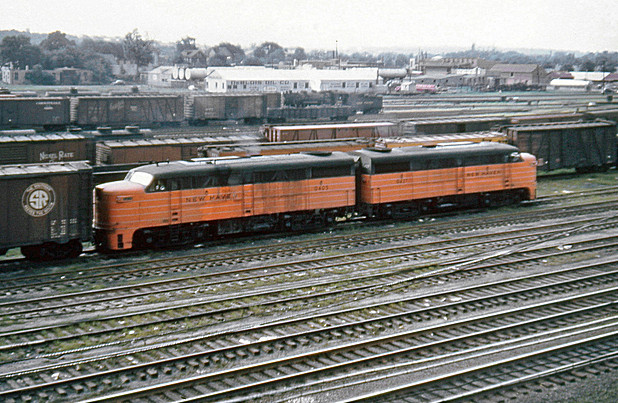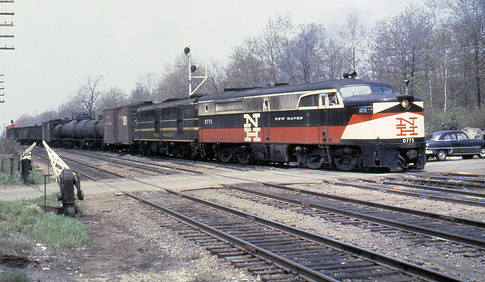I understand now.
I understand it, but I don’t like it. At first I thought it was another case of “That’s the way it goes in large scale.” Like, I really like the looks of the Shay and I have two, but it’s gigantically oversized by about at least 25% I would say. I put up with it because I like the looks of it. But now I see that I am trying to mix standard gauge equipment with narrow gauge equipment. In fact, after reading your responses I put some standard gauge modern steel boxcars next to the FA and they are much closer to looking right, although the FA is still too high really.
Lowering the FA seems like a good idea, but it would be a lot of difficult work. I lowered a couple of ore cars and put pictures of that up on the Rolling Stock forum http://www.largescalecentral.com/forums/topic/20497/modified-usa-trains-lionel-ore-c and it was a lot of work (but at least I wasn’t risking wrecking a $200 locomotive). I finished only about three out of a dozen or so of the ore cars, so far.
I looked around after reading your responses and found that George Schreyer has a great step-by-step description of how to lower the FA, along with a few other FA tips. Well, it’s http://girr.org/girr/tips/tips2/fa_tips.html#lower but, honestly, I don’t know if I could pull this off, all for a two-tenths of an inch difference. Maybe.
Knowing now what you all are telling me, I might be better off to use a road switcher, which I also had Kevin convert to onboard power a while back, and which seems more in scale.
If I get up the nerve to try and lower the FA body, I’ll post pictures of how it came out.
Thanks.






